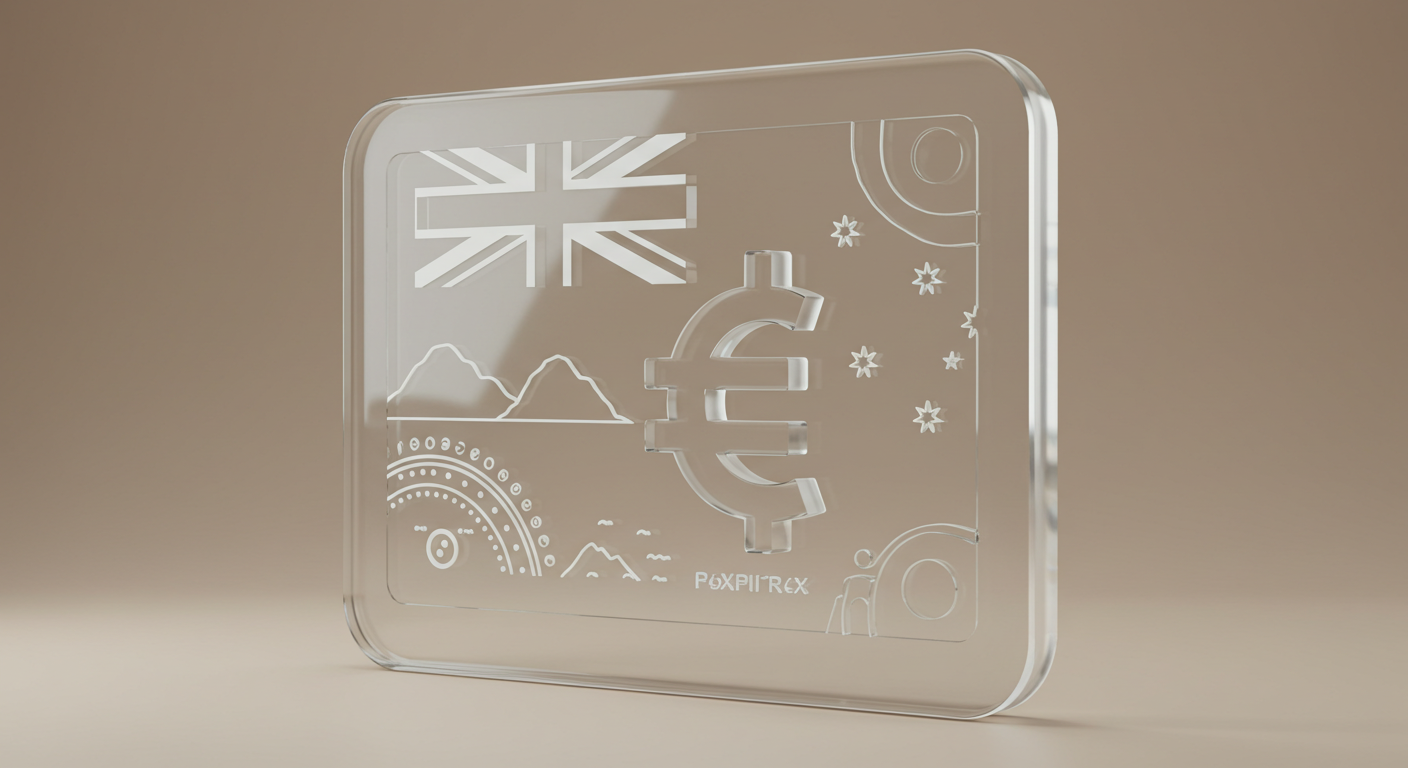
EUR/USD is finding support below 1.0800 as the US Dollar weakens amid reduced concerns over tariffs set by President Trump for April 2. The US S&P Global Services PMI rose to 54.3 in March, up from 51.0 in February, signalling robust growth in the services sector.
The dollar dropped as Trump’s comments suggested fewer tariffs than expected, pushing the US Dollar Index to approximately 104.00. The European Central Bank (ECB) may cut interest rates again in April, amplifying caution in the Eurozone.
Euro Technical Outlook
German IFO Business Climate data showed an increase to 86.7 in March, slightly below expectations. The Euro holds a long-term bullish outlook above the 200-day Exponential Moving Average, with major support at 1.0630 and resistance at the psychological level of 1.1000.
What we see here is that the euro has managed to stay firm despite dipping below 1.0800. The dollar has been losing strength due to lowered expectations of tariffs, which had been a key factor weighing on sentiment. This shift has kept investors cautious, particularly as the market reassesses potential risks tied to US trade policy.
The US services sector appears to be performing well, with March’s PMI data showing a large jump from February. With a reading well above 50, it indicates strong expansion, supporting the idea that the American economy remains resilient. However, the dollar’s drop suggests that currency traders are focused more on shifting political risk rather than economic strength alone. The US Dollar Index hovering near 104.00 reflects this sentiment, marking a weaker tone for the greenback in the near term.
Meanwhile, the ECB is still leaning towards rate cuts, with speculation growing that policymakers may decide to lower borrowing costs again in April. This has kept traders hesitant about holding too much exposure to the euro. However, long-term technical signals remain supportive, with the common currency staying above its 200-day Exponential Moving Average. A sustained break below 1.0630 could challenge this trend, while a rise above 1.1000 may bring renewed bullish momentum.
Market Sentiment And Key Levels
In Germany, the IFO Business Climate index rose in March but did not fully meet expectations. It is an indicator that business confidence is improving, though not dramatically. This suggests that while there are reasons for optimism in the euro area, there are also lingering uncertainties. We need to closely watch whether upcoming data gives fresh confirmation of economic recovery.
For derivatives traders, the current setup presents clear levels to monitor. If the dollar continues its decline, it could provide further support for the euro in the short term. However, any shift in rhetoric from US or European policymakers could quickly alter the balance. With March closing on a cautious but steady note, the next few weeks will be key in determining whether sentiment translates into sustained moves in either direction.







